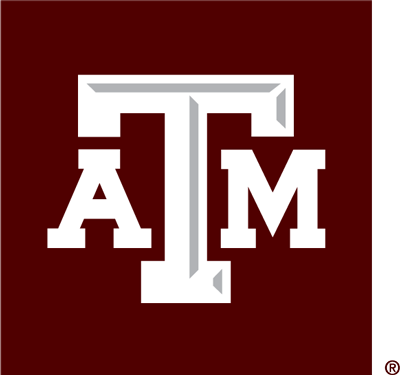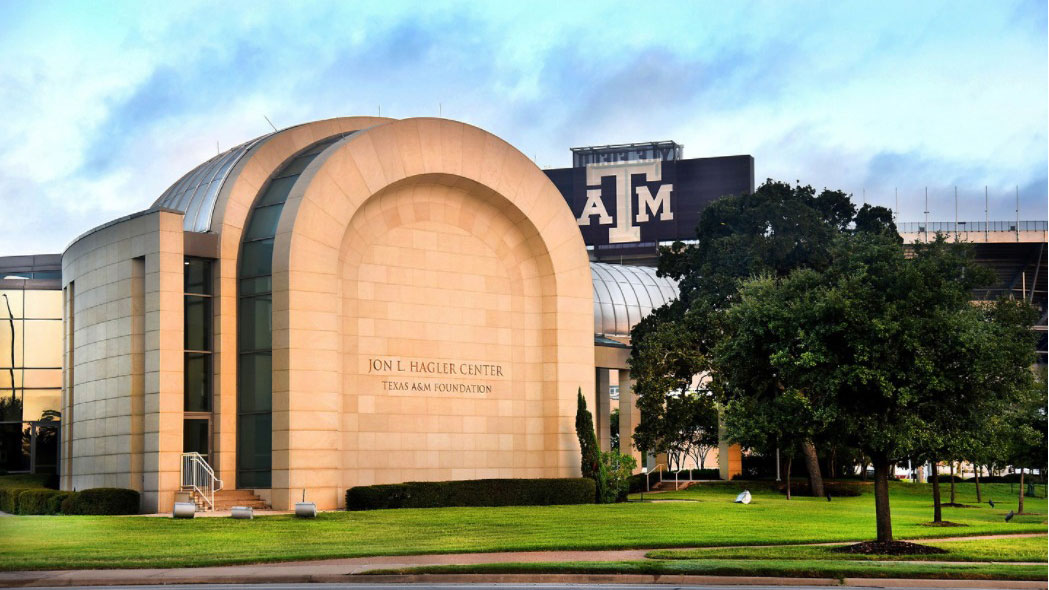
When students think about chemistry, they might picture bubbling beakers or colorful reactions in a lab. But Dr. Daniel Tabor, an assistant professor in Texas A&M’s Department of Chemistry, is making waves in the field with something a little different—computers. His groundbreaking work in computational chemistry has earned him the prestigious 2025 Journal of Physical Chemistry (JPC) C – Physical (PHYS) Lectureship Award, presented by the American Chemical Society (ACS).
Tabor’s award will be presented at the ACS Fall 2025 Meetings & Expo in Washington, D.C., from Aug. 17-21, where he will give a lecture on his research. The JPC C journal highlights innovative research in energy, materials and catalysis—fields where Tabor’s work is making a major impact.
Chemistry Meets Artificial Intelligence
Instead of mixing chemicals in a lab, Tabor and his team use powerful computers to predict which materials will work best for things like batteries, solar cells and new types of electronics.
“There are so many possible materials that it’s impossible for scientists to test them all one by one,” Tabor said. “Even using computer simulations, we can’t test every possibility. But by using machine learning and artificial intelligence, we can predict which materials are the most promising and focus our research on them.”
There are so many possible materials that it’s impossible for scientists to test them all one by one. Even using computer simulations, we can’t test every possibility. But by using machine learning and artificial intelligence, we can predict which materials are the most promising and focus our research on them.
Collaborating for a Better Future
Tabor’s research bridges theory and application, connecting scientists across multiple disciplines. He collaborates with researchers in Texas A&M’s Chemical Engineering Department and others in his own Chemistry Department as well as experts nationwide to apply his computational tools to real-world challenges. His team has contributed to advancements in energy storage, organic electronics and spectroscopy—the study of how light interacts with different materials.
“We want to make computers more useful in discovering new molecules and materials that will power the next generation of technologies,” Tabor said. “Our goal is to speed up every step of the materials design process.”
A Full-Circle Moment
Winning the JPC Lectureship Award is especially meaningful for Tabor.
“The Journal of Physical Chemistry A is where my first-ever research paper was published when I was an undergraduate,” he said. “It’s an incredible honor to now receive this award for a JPC Lectureship.”
Looking ahead, Tabor and his team are expanding their research to design materials with multiple goals in mind, such as improving catalysts that help speed up chemical reactions.
“We’re constantly developing new ways to make material discovery faster and more effective,” Tabor said. “It’s exciting to see what’s next.”

